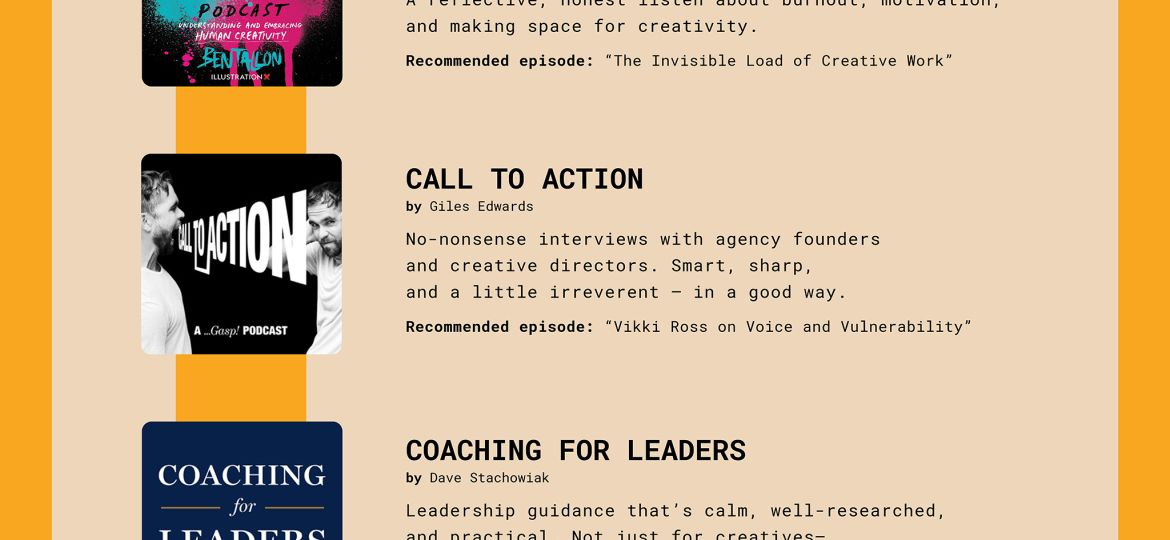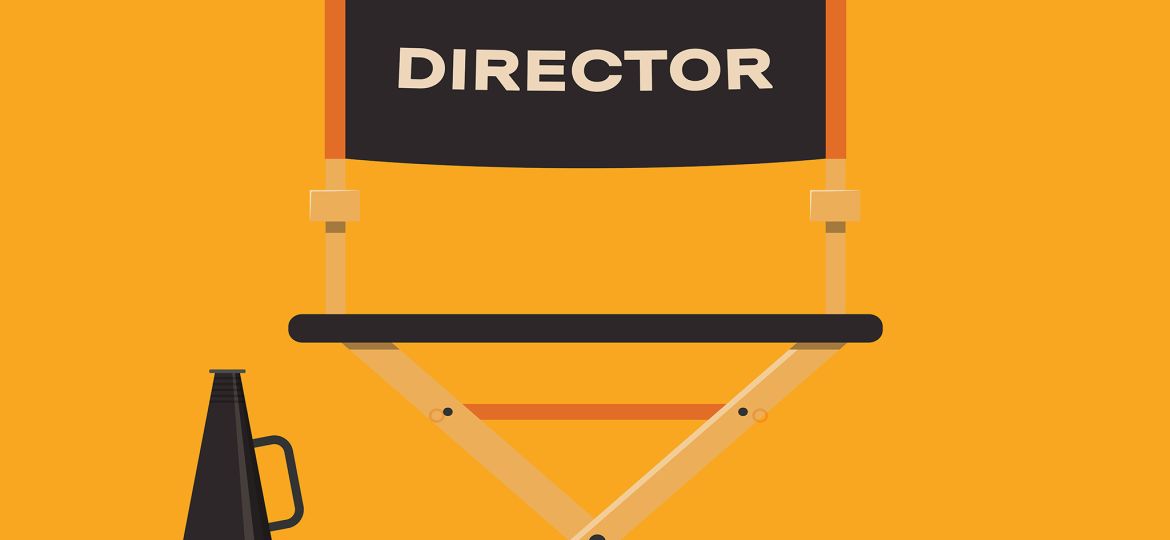In-house graphic designers are visual problem solvers, responsible for crafting compelling brand materials and maintaining design consistency across a company’s communications. However, because they work internally, they’re often expected to take on responsibilities beyond their role— tasks that should fall to a Creative Director, Marketing Manager, or Project Manager.
Not only is this unfair to designers, but it also sets the company up for failure. Expecting employees to handle tasks outside their expertise leads to inefficiency, frustration, and costly mistakes.
A well-run creative team needs trained professionals in the right roles— not designers forced to fill gaps they were never trained to handle.
Here are ten things in-house graphic designers should never be required to do.
1. Project Planning & Strategy Development
Designers execute creative ideas— they shouldn’t be responsible for defining project goals, audience personas, or campaign strategy. These decisions should be made by leadership before a project even reaches the design phase. When designers are forced to guess, the result is misaligned work and unnecessary revisions.
2. Creating & Managing Workflows
Workflows keep creative projects on track, but designing them isn’t a designer’s job. An in-house designer shouldn’t have to determine approval processes, chase stakeholders for feedback, or enforce deadlines. That’s the role of a Creative Director, Marketing Manager, or Project Manager— people trained in workflow management. When companies leave these tasks to designers, it creates bottlenecks and slows down productivity.
3. Client or Stakeholder Management
An in-house designer may collaborate with internal teams, but they shouldn’t be the ones setting expectations, managing revisions, or negotiating priorities. When designers act as account managers, it leads to scope creep, unclear direction, and unnecessary stress. A Creative Director or department head should manage these interactions to ensure designers can focus on their work.
4. Writing Copy
Designers work with typography, but they are not copywriters. They shouldn’t be expected to write headlines, body text, or marketing messages from scratch. If a project lacks a dedicated writer, leadership should hire one— not assume the designer can “just fill in the gaps.” Poor messaging weakens even the best design, and expecting non-writers to handle it can hurt a company’s brand.
5. Sourcing (or Paying for) Assets
Stock images, fonts, and licensed graphics should be provided by the company—not something an in-house designer is expected to purchase or source on their own. Companies that fail to provide proper assets put their designers in a tough position, risking copyright violations or low-quality visuals.
6. Finalizing & Delivering Files Without Clear Specifications
A designer can’t properly prepare files without knowing the required formats, resolutions, or technical specs. This information should be established at the start of a project— ideally by a Creative Director, Marketing Manager, or Print Vendor. When designers are left guessing, it leads to costly rework and production delays.
7. IT Troubleshooting & Software Management
Just because designers use creative software doesn’t mean they should act as IT support. They shouldn’t be responsible for troubleshooting network issues, managing software licenses, or fixing technical problems for colleagues. If a company lacks dedicated IT support, that’s a management issue— not a design one.
8. Marketing, Social Media, or Advertising Strategy
Graphic design supports marketing, but it is not marketing. An in-house designer shouldn’t be expected to develop campaign strategies, schedule social media posts, or track analytics. These responsibilities belong to marketing professionals. Expecting designers to handle both creative execution and strategic planning dilutes their effectiveness in both areas.
9. Handling Print Production Logistics
While designers should prepare print-ready files, they shouldn’t be responsible for coordinating with print vendors, requesting quotes, or managing production timelines. That’s the job of a Project Manager, Marketing Manager, or an assigned print liaison. When designers are forced into production roles, it distracts from their core responsibilities.
10. Working Without a Brief (or With an Incomplete One)
A well-structured brief is essential for good design. It should outline objectives, target audience, key messaging, and deliverables. When in-house designers are expected to “just start” without clear direction, it leads to wasted time, multiple revisions, and frustration. If leadership doesn’t provide a proper brief, the project isn’t ready to begin.
Final Thoughts
In-house graphic designers bring enormous value to their companies, but their role must be respected. When they are burdened with responsibilities that belong to Creative Directors, Project Managers, or Marketing teams, it leads to inefficiency and burnout.
From a business perspective, assigning tasks to employees without the right training is a liability. Just as you wouldn’t expect a marketing manager to code a website, you shouldn’t expect a graphic designer to develop workflows, write copy, or manage vendor contracts. If a company wants effective, professional results, it needs to invest in the right talent for each role.
If you’re an in-house designer, advocate for these boundaries. If you’re in a leadership role, make sure your designers have the support and structure they need to do their best work. It benefits everyone— designers, leadership, and the company as a whole—when creative teams are set up for success.





